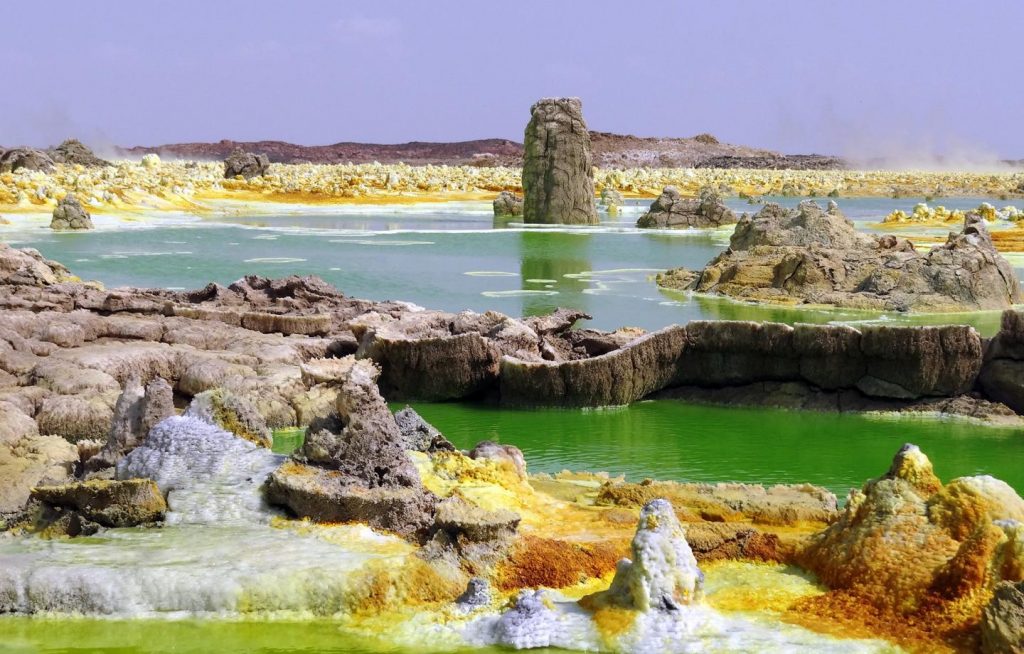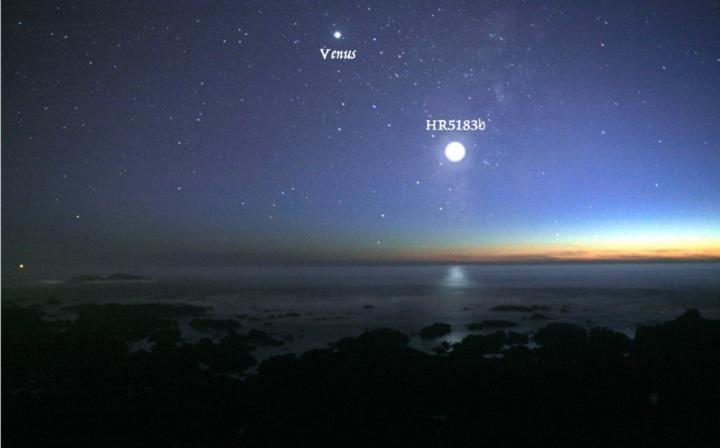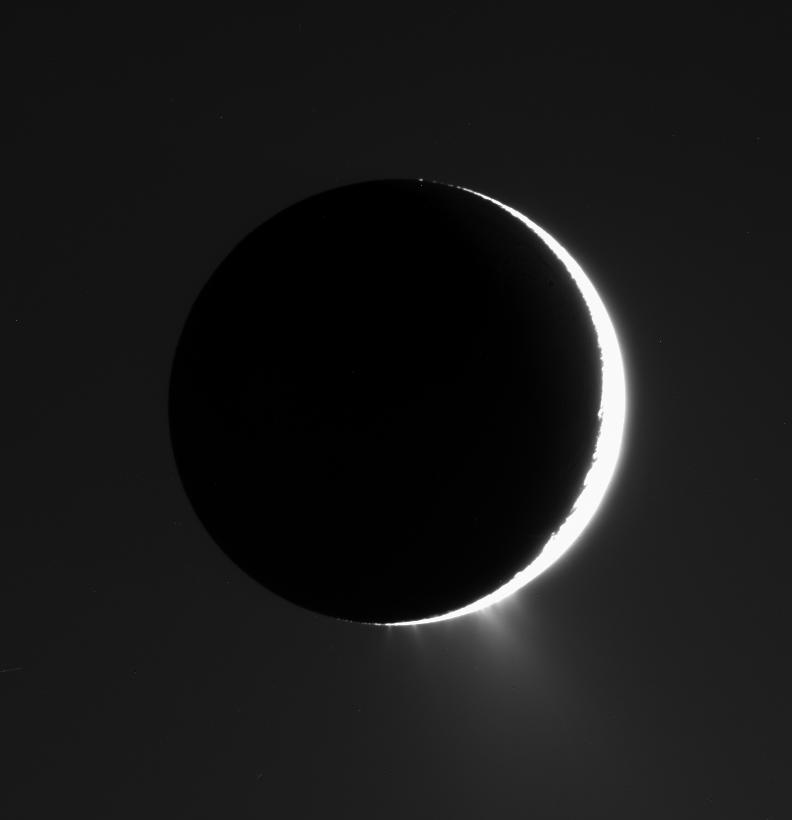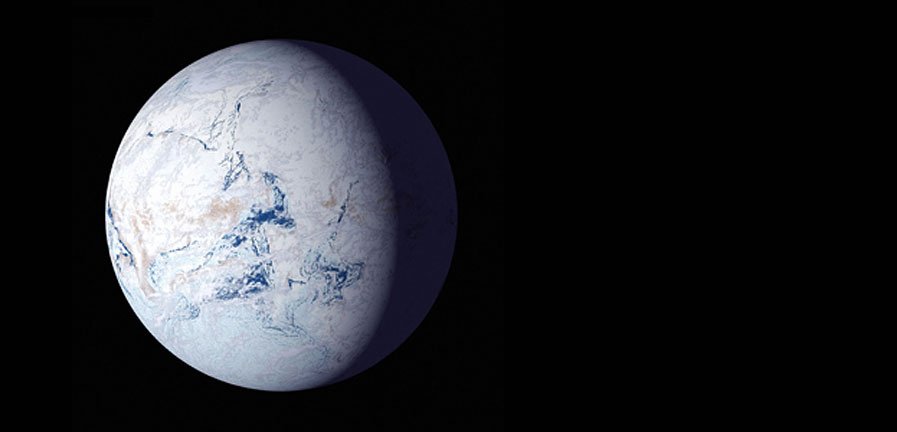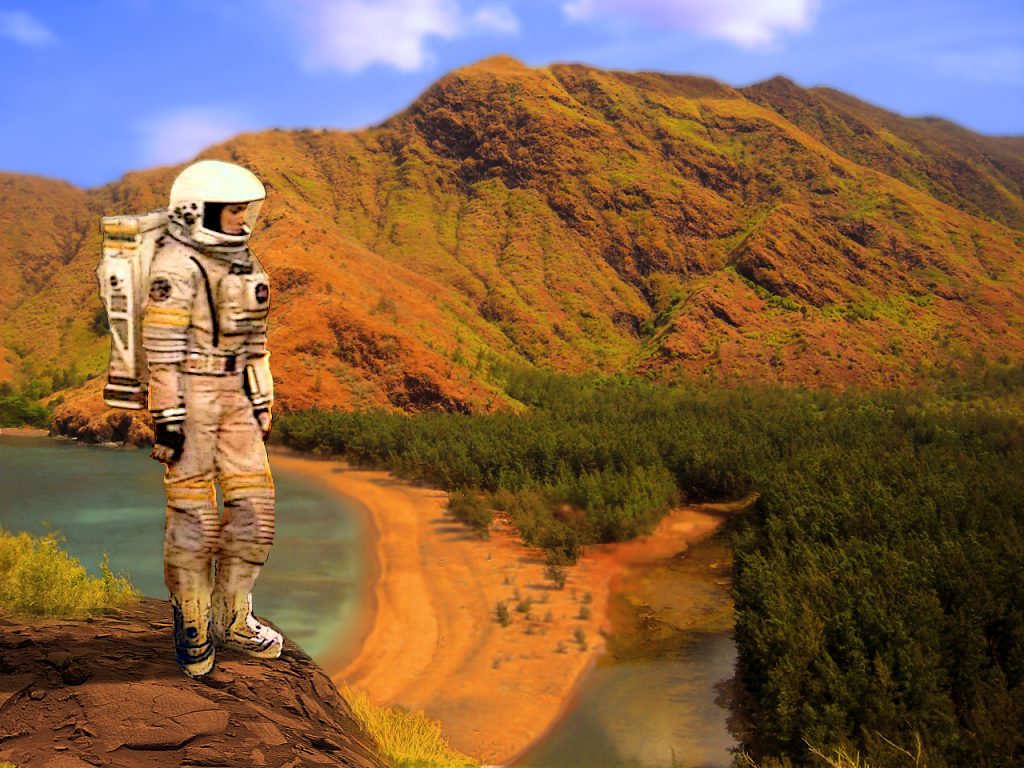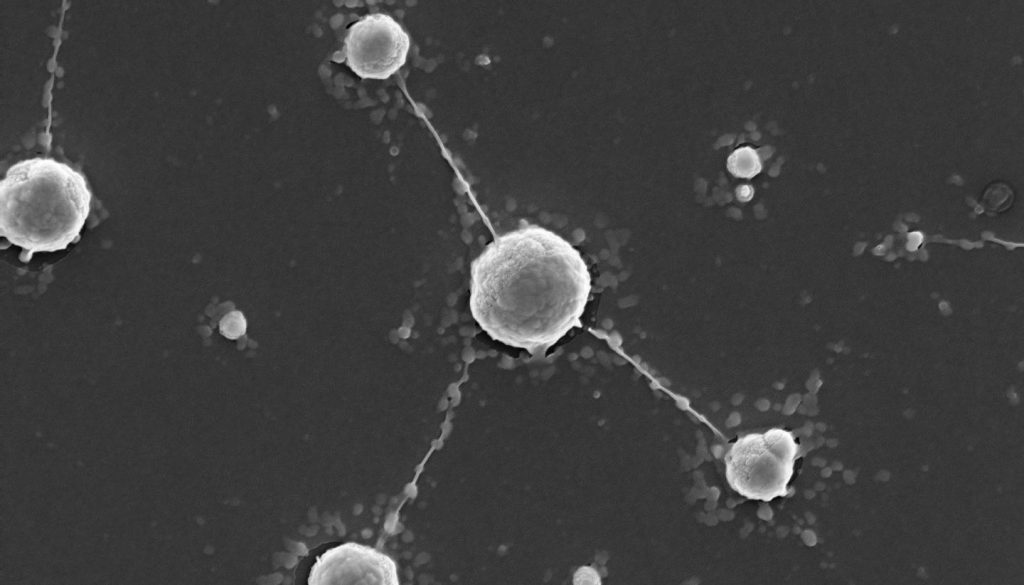Water detected on one of Jupiter’s moons, Europa
The hottest candidates for the development of extraterrestrial life are one of Saturn’s moons, Enceladus, and one of Jupiter’s moons, Europa – even though it’s very cold on its surface. Life, in fact, might be hiding in an underground ocean under the 50-100 kilometer thick layer of ice. Its existence is indicated, among other things, by the countless fault lines criss-crossing across its surface. Proof of this underground sea, however, has not yet been found. But now, with the help of the Keck Telescope on Mauna Kea (Hawaii), astronomers have found more evidence, as they have written in an…

